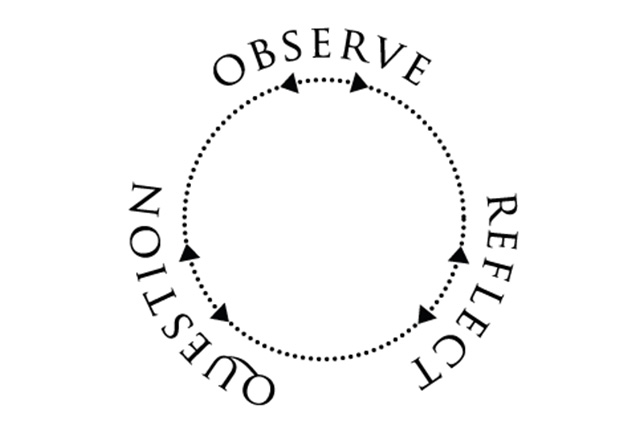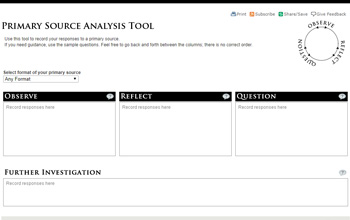This module is for

Students use the Primary Source Analysis Tool to investigate historical documents.
Primary Source Analysis
An inquiry-based learning approach begins with questions and is expanded by primary sources. There’s a tendency to think of primary sources as only text documents, but they can take many different forms, such as books, maps, photographs, architectural drawings, motion picture film, videos, audio recordings, and diaries. Part of the challenge is in evaluating primary sources to determine how trustworthy they are – and also what they can teach us about a subject.
The Library of Congress has a three-step, inquiry-based process designed to help students investigate primary sources. It’s called the Primary Source Analysis Tool, and the steps are:
- Observe
- Reflect
- Question
These stages don’t need to happen in order. In fact, a student may begin with any of the stages before moving onto another. But it is important that each stage happen in a thoughtful and thorough manner – and that students are inspired in the end to seek out additional sources that can help them dive deeper into a subject.
Case Maker Connection
 Think like a detective!
Think like a detective!
Case Maker encourages students to analyze historical documents to build an evidence-based conclusion.
Use the Library of Congress Primary Source Analysis Tool to model the process with your class, and then allow students to work in small groups or independently to analyze the challenge sources and record the evidence they find.
> Primary Source Analysis Tool




